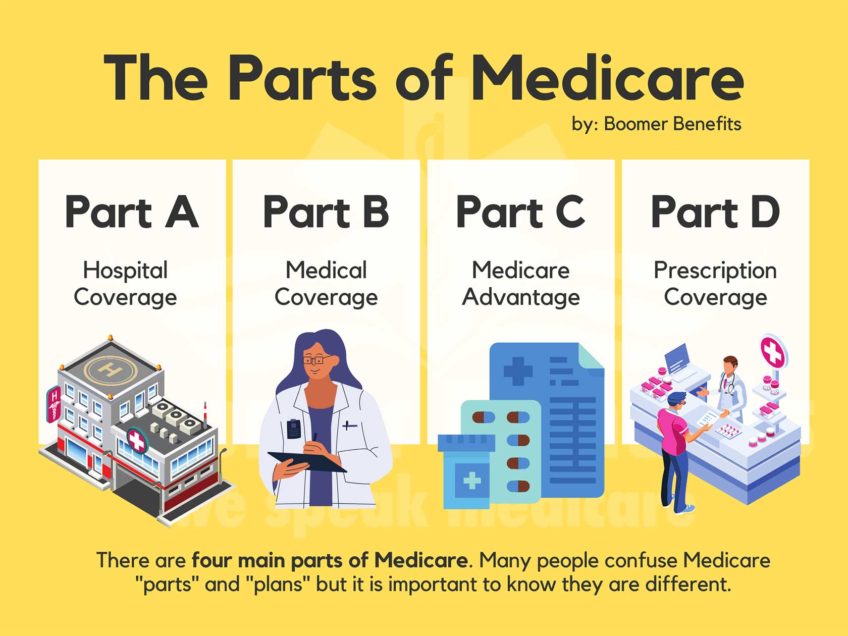WASHINGTON — Reshaping the nation’s health care system has spurred some shotgun marriages of convenience.
Lobbyists for drug makers and a liberal group place newspaper ads promising “A healthier America starts today” and featuring smiling families. A slick Web site offering one-click ways to contact Congress, share health care stories and even buy T-shirts is run by a coalition of business, labor and the AARP.
Momentum for redoing the medical system has been helped by unlikely alliances that broadly embrace President Barack Obama’s drive for overhaul but gloss over prickly issues like how to pay for it. Those political unions, though, will likely fray when Congress begins to pencil in the details.
“Everyone wants to play, and play constructively,” said Christopher Jennings, a health policy lobbyist who was a White House adviser during President Bill Clinton’s failed attempt to rework health care 15 years ago. “But that doesn’t mean at the end of the day that will happen. They want to see specifics.”
At least two factors have brought traditional enemies together in support of better, more affordable care: Wildly soaring medical costs and elections that gave Democrats control of the White House and Congress. Both make action this year likelier.
“The energy in this town is finally being devoted to listening to how to solve problems,” said Karen Ignagni, president of America’s Health Insurance Plans, representing the same insurance companies that helped kill Clinton’s effort.
But coalitions are motivated by more than altruism.
Joining a coalition “makes me a good guy,” said Joseph Antos, health policy expert at the conservative American Enterprise Institute. “It means, ‘Yeah, we’d like to see health reform, but we’d also like to have a seat at the table when you’re discussing precisely how you’re going to cut my payments.’”
In the latest example, leaders of the nation’s doctors, hospitals, insurers, and drug and medical device manufacturers — plus the Service Employees International Union, the biggest health care union — met with Obama at the White House last week after pledging to slow the growth of health care spending by $2 trillion over the next decade. They didn’t say how.
Groups joining coalitions owe their first allegiance to their own constituents. Highlighting that, medical interests have spent $128 million lobbying this year, more than any other industry, including lobbying for the financial industry at $112 million, according to the nonpartisan Center for Responsive Politics, which tracks such spending.
“At this point we’re trying to work constructively with Congress and the administration to make sure that whatever bills come out are as good as they can be,” said Nancy H. Nielsen, president of the American Medical Association, which got 400,000 patients to contact lawmakers last year and help thwart cuts in Medicare payments to doctors. “And when we see what they are, we will make sure we activate those who need to be activated.”
Also positioning itself is AARP, whose 40 million older members make it one of the most formidable lobbies. It flexed that muscle last month when it drew 50,000 callers to a “town hall” telephone conference on health.
While participating in several alliances, AARP recently announced its own priorities. It bought television and newspaper ads touting one of them — expanded Medicare coverage for post-hospital care — and constantly meets with lawmakers and uses the Internet and mailings to keep its members engaged.
“It’s an easy sell to get our members and their families to come talk about health care, because it is viewed as an economic issue,” said Nancy LeaMond, an AARP executive vice president.
Some groups are already at war. Conservatives for Patients Rights, led by former hospital executive Rick Scott, has spent more than $2 million on television ads alleging that Obama’s plan smacks of government-run medical care.
On the other side, Health Care for America Now, backed by labor and liberal groups, hopes to spend $35 million or more to push the president’s plan. It is running television ads highlighting how Scott’s former health care company pleaded guilty to federal fraud charges, and has given congressional Democrats a memo on how to make their arguments. Some advice: “Always emphasize choice of a public or private health insurance plan.”
Such skirmishing, though, has been the exception. So far this year, $24 million has been spent on ads backing health care changes and just $3 million opposing them, says Evan Tracey, president of the Campaign Media Analysis Group, a firm that tracks issue advertising. Most of the negative ads have come from Scott’s group.
Among the newfound partners, the Pharmaceutical Research and Manufacturers of America has joined with Families USA, a liberal group supporting health coverage for all, to run newspaper ads touting expanded federal medical aid for low- and mid-income people. Billy Tauzin, who heads the drug lobby, says millions more will be spent to activate voters in key congressional districts.
“It lowers the temperature level of the debate,” Ron Pollack, Families USA’s executive director, said of the coalitions. “That doesn’t mean there won’t be controversial issues.”
AARP, groups representing small businesses and corporate giants, and the Service Employees have used their muscle to promote Divided We Fail, which aligns over 100 organizations behind affordable health care and long-term financial security. Their effort includes forums around the country and Internet drives to lure supporters and raise money — including selling T-shirts bearing their emblem, a half elephant, half donkey, melding the symbols of the Republican and Democratic parties.
Already, one coalition has ruptured, and more are likely to follow.
Eighteen groups including AARP, business, and the health care industry reached consensus on expanding health coverage, curbing costs and improving care. But two labor giants, the Service Employees and AFSCME, representing government workers, dropped out after the group refused to endorse creating optional government health insurance or requiring employers to provide coverage.
(Associated Press)


![Banner [Virtual] Art Gallery](https://baystatebanner.com/wp-content/uploads/2024/04/Cagen-Luse_Men-at-store-e1713991226112-150x150.jpg)



